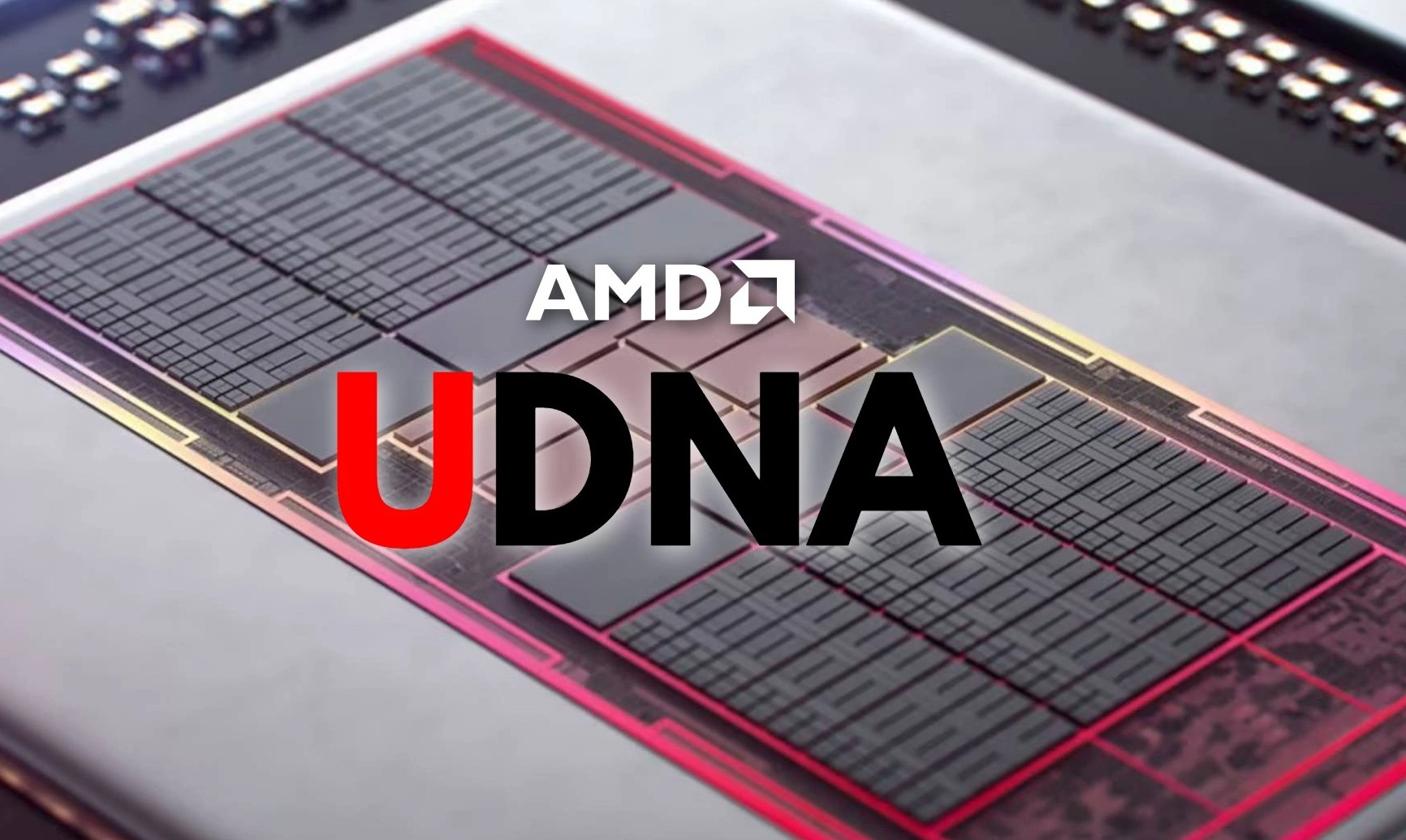- Sony and AMD collaborated on the development of PS5 Pro’s Project Amethyst, with Sony playing a bigger role than initially thought.
- Sony influenced the development of FSR 4 and UDNA architecture by providing AMD with PSSR technology.
- UDNA architecture to be used in the upcoming PS6.
The official revelation we saw from Mark Cerny about the technical details of PS5 Pro, the hybrid architecture of its GPU, and the so-called Project Amethyst has a new chapter.
While AMD creates the CPU and GPU architecture to include them together within the APUs that Sony asks for according to its needs, now we know other data about both, and it has to do with FSR 4 and the new UDNA architecture. Is Sony more involved than we think in what is coming to market?
Sony’s pace is not being kept up by Microsoft, which seems a little lost with Xbox hardware. The Japanese have made a big splash with the PS5 Pro, which is disliked for its price, but it is a leap in performance that is more than interesting for gamers – in some games. The union between the Japanese company and its direct partner was just a start which will go even further.
Sony’s Role in FSR 4 & UDNA
New information is on the table after learning about Project Amethys. AMD and Sony worked together in a way that was not thought of until now because although everything seemed to be heading towards the fact that AMD was the one who designed PSSR at the request of the Japanese and once created, Sony optimized it based on FSR 4, the reality is different.
This reality is more complex AS AMD confirms the fact that Sony was the one who developed PSSR and sent it to Lisa Su with a curious objective: to help the Red Camp with FSR 4. That is, it is exactly the opposite of what was understood in the presentation of Project Amethyst.
In other words, Sony is helping AMD more with everything related to FSR 4 than the other way around, even though AMD has spent more than a year designing this new software for their GPUs.
UDNA Was Born With Sony’s Suggestion
AMD’s strategy of splitting architectures into servers and gaming was not efficient. NVIDIA doesn’t use this strategy, since it has a central pillar that it then optimizes for the RTX and HGX as systems. Lisa Su’s team is going to unify the two architectures again in what they have called UDNA, and here Sony has had a large part of the responsibility.
The arguments are simple: more than half of AMD’s gaming revenue comes from the APUs sold to Sony for its PS5 and PS5 Pro. Therefore, Sony has a lot of weight and decision-making power over AMD. Given that NVIDIA currently has a 90% share in graphics, that 10% of sales left to AMD is practically a reference point and they survive thanks to the consoles.
So having a common architecture for servers, graphics, and APUs is the right way to reduce costs, given what Sony is bringing to the table, not only with FSR 4 through PSSR but in terms of ideas for hardware and software in general. Hence the inclusion of CNN for UDNA, in principle, for 2026.
To sum up, we could say that Sony is one of the main drivers of AMD software and hardware in search of more power, more capabilities, and lower costs in the past few projects. AMD cannot be satisfied with several design branches for each sector, it opted for the NVIDIA path and we will see the fruits in just over a year when PS6 will most certainly have UDNA architecture, we will see if it is first generation or second.
Thank you! Please share your positive feedback. 🔋
How could we improve this post? Please Help us. 😔
[Editor-in-Chief]
Sajjad Hussain is the Founder and Editor-in-Chief of Tech4Gamers.com. Apart from the Tech and Gaming scene, Sajjad is a Seasonal banker who has delivered multi-million dollar projects as an IT Project Manager and works as a freelancer to provide professional services to corporate giants and emerging startups in the IT space.
Majored in Computer Science
13+ years of Experience as a PC Hardware Reviewer.
8+ years of Experience as an IT Project Manager in the Corporate Sector.
Certified in Google IT Support Specialization.
Admin of PPG, the largest local Community of gamers with 130k+ members.
Sajjad is a passionate and knowledgeable individual with many skills and experience in the tech industry and the gaming community. He is committed to providing honest, in-depth product reviews and analysis and building and maintaining a strong gaming community.


 Threads
Threads


